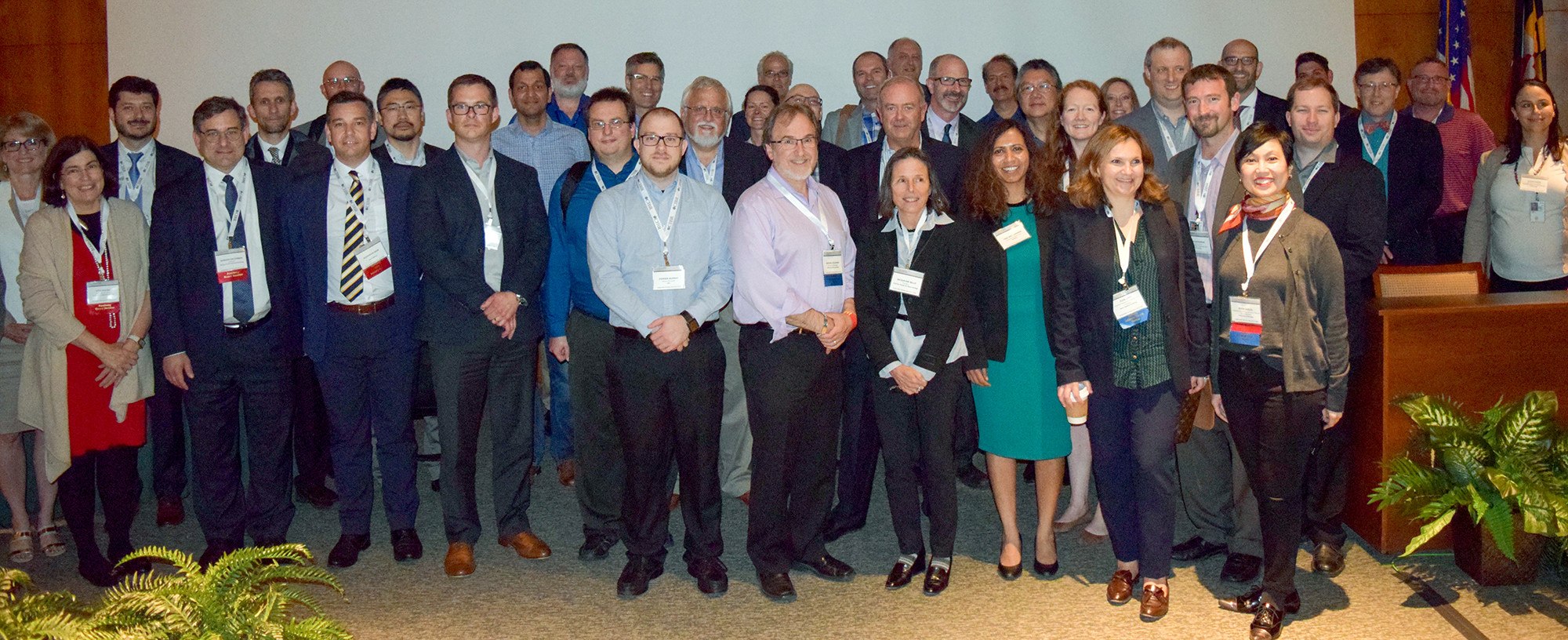Taking Measure
Just a Standard Blog
The Next Big Health Care Merger: Biomedical Imaging and Artificial Intelligence

Two worlds just collided at the National Institute of Standards and Technology (NIST) in Gaithersburg, Maryland. On May 16, 2018, experts from the medical imaging and artificial intelligence communities gathered for a two-day workshop on the high-tech future of medical decision-making. Their vision: creating a “diagnostic cockpit” where medical experts have at their fingertips all the data they need to diagnose and treat patients while artificial intelligence (AI) analyzes that data and provides decision support behind the scenes.
Such a system would leverage large volumes of data, including a patient’s genetic information, medical history and high-resolution imaging data such as CT scans and mammograms. Integrating this data with AI technology will improve diagnostic quality for everything from coronary artery disease to metastatic cancer to neurodegenerative disorders while improving patient outcomes and reducing health care costs.
The first step in building these integrated systems is to develop standards. For instance, an existing standard called DICOM (Digital Imaging and Communication in Medicine) ensures that medical imaging devices all output data in a standard format so that the images can be viewed and analyzed on any workstation. For the diagnostic cockpit to become a reality, we need to develop standards for even larger and more complex data streams.
One goal of this month’s workshop, which NIST developed in collaboration with the Academy for Radiology and Biomedical Imaging Research (ARBIR), was to identify what new standards are needed and to start developing them. Workshop participants included radiologists and other medical specialists, medical imaging device manufacturers, researchers, data scientists and representatives from several federal agencies. This workshop built upon the Roadmap for Medical Imaging Research and Development, which was issued last year by the National Science and Technology Council.
We are NIST scientists who approach this issue from different, but complementary, perspectives. One of us (Bergeron) is a research chemist with expertise in the physical measurement standards that make modern medical imaging possible. The other (Garris) is a computer scientist with expertise in using artificial intelligence and machine learning to recognize patterns in images and other data. By bringing those areas together and combining them with our expertise in facilitating standards development, we are ideally positioned to create an environment where experts from imaging and AI can develop the vocabulary and processes they need to collaborate productively.
In doing this, we are writing a new chapter in NIST’s long history of helping industries create robust standards to calibrate disparate measurements and make them interoperable. What this means in this context is that a diagnostic team will be able to prescribe tests that measure cholesterol levels, the density of breast tissue, or the uptake of a drug as revealed through medical imaging. Physical measurement standards will ensure that the data these tests generate will mean the same thing across patients, over time, and when measured using devices from different manufacturers.

NIST also has expertise in evaluating the capabilities and performance of AI-powered systems and developing information technology standards. Patient care already generates massive amounts of data, and the volume of that data will increase tremendously as personal genomics and high-resolution medical imaging become more widespread. Standardized data at scale will fuel machine learning and create new generations of analytic and diagnostic models. With AI’s ability to perform millions of incredibly complex weighing and correlation-finding calculations in a short period of time, human diagnostic teams will be able to quickly identify patterns and associations that they would otherwise miss. This will allow the human team to be more productive and effective while delivering precise and personalized treatments.
But we’re still taking our first steps toward realizing those goals. This week’s workshop focused on identifying the standards needed to integrate big medical data with artificial intelligence. Those standards include new data formats, imaging protocols, performance metrics, human/computer interfaces and data visualization techniques.
This workshop also provided a neutral venue where companies that usually compete could collaborate on standards for the benefit of the industry as a whole. And it provided opportunities for private industry to form working partnerships with academic researchers and government.
With such a range of interests represented, discussions were lively, but we had broad agreement on several points, including the ideal characteristics of the “use cases” that we could use to demonstrate the diagnostic cockpit concept. Breast cancer and coronary artery disease were both identified as conditions where data streams from various sources can be combined over long periods of surveillance and integrated to inform different intervention strategies with measurable outcomes. The community is poised to tackle these important conditions and show the value of an integrated diagnostics approach.
Most importantly, the workshop underscored that a large and diverse community is working together on this issue. As this work continues, NIST stands ready to contribute its scientific expertise gained over its long history of supporting standards for this nationally important project.






